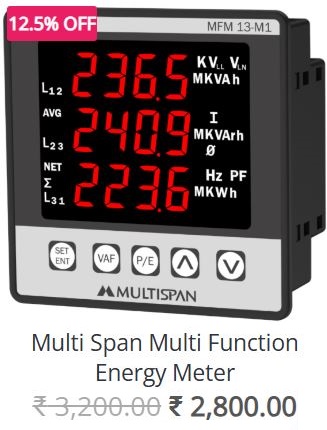In the world of manufacturing, chemical processing, energy, and even HVAC systems, the concept of process control systems is fundamental. Whether you’re working in an industrial plant, a laboratory, or simply curious about automation, understanding process control is crucial. This beginner’s guide will walk you through the basics, key components, and real-world applications of process control systems.
What is a Process Control System?
A process control system is a set of tools and techniques used to control and regulate processes within a system. These processes can be physical (like temperature, pressure, flow rate) or chemical (like mixing, reactions, or distillation). The primary goal is to maintain these processes at desired setpoints and optimize performance.
In simpler terms, a process control system manages how a process operates to ensure it works efficiently, safely, and within certain limits.
Key Components of a Process Control System
To understand how a process control system functions, it’s helpful to break it down into its core components. Here’s a closer look at these elements:
1. Sensors
Sensors are the eyes and ears of the process control system. They measure various variables like temperature, pressure, flow rate, or level and send this data to the controller. For example, a temperature sensor might detect whether a furnace is too hot or too cold.
2. Controller
The controller is the brain of the process control system. It receives the data from sensors and compares the actual values with the desired setpoints. Based on this comparison, the controller decides what adjustments need to be made. For instance, if the temperature is too high, the controller might activate a cooling system.
3. Actuators
Actuators are the muscles of the system. Once the controller makes a decision, it sends a signal to the actuators, which physically adjust the process. These could be valves, motors, or pumps that increase or decrease the flow, adjust temperature, or modify other parameters.
4. Setpoint
The setpoint is the target value that the system aims to maintain. For example, if you’re controlling the temperature of a furnace, the setpoint might be 1000°C. The system continuously works to keep the temperature as close as possible to this setpoint.
5. Feedback Loop
Process control systems are designed around feedback loops. A feedback loop ensures that the system adjusts itself continuously. If the sensor detects a change in a parameter (like a temperature drop), the controller will adjust the actuator until the desired condition is restored.
Types of Process Control Systems
There are several types of process control systems, each serving different needs and industries:
1. Open-Loop Control
In an open-loop system, the controller sends commands to the actuator without considering feedback. It’s a simpler setup but can be less accurate since it doesn’t adjust based on the actual conditions.
2. Closed-Loop Control (Feedback Control)
A closed-loop system is more sophisticated and widely used. The controller continually adjusts the actuator based on feedback from sensors. This is the most common form of process control because it offers continuous corrections and ensures the process remains stable.
3. PID Control
PID (Proportional-Integral-Derivative) control is one of the most popular types of closed-loop control. It involves three actions:
- Proportional: Adjusts based on the difference between the setpoint and the actual value.
- Integral: Corrects long-term errors that accumulate over time.
- Derivative: Reacts to the rate of change, anticipating future errors.
Together, these components allow for highly accurate and responsive control.
Applications of Process Control Systems
Process control systems are widely used in industries that rely on precise operations. Here are some common applications:
1. Manufacturing
In manufacturing, process control systems are used to regulate assembly lines, machine operations, and product quality. This ensures products are made consistently, reducing waste and improving efficiency.
2. Chemical Processing
In chemical plants, process control systems manage critical factors such as temperature, pressure, and chemical concentration during reactions. Maintaining these conditions is vital for both safety and product quality.
3. Oil and Gas
From refining to distribution, process control systems help monitor and manage the extraction, refining, and transportation of oil and gas. Controlling parameters like pressure and flow ensures safe and efficient operations.
4. Energy and Power Plants
In power generation, process control systems are used to regulate turbines, boilers, and reactors. This helps maintain a stable and reliable power supply, optimizing energy production.
5. Food and Beverage
Food production facilities use process control systems to ensure products are made to the right specifications, from the temperature of a pasteurizer to the pressure in a bottling machine.
The Importance of Process Control Systems
The main reasons for implementing process control systems include:
- Efficiency: Automated control reduces human error, leading to more consistent operations and less downtime.
- Safety: Many processes can be hazardous. A process control system ensures that the system operates within safe limits, reducing the risk of accidents.
- Cost Savings: By maintaining optimal process conditions, these systems help minimize waste and improve resource utilization, leading to cost savings.
- Quality: In industries like food and pharmaceuticals, process control ensures that products are made to specification, maintaining consistent quality.















